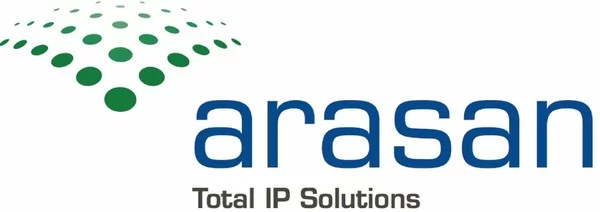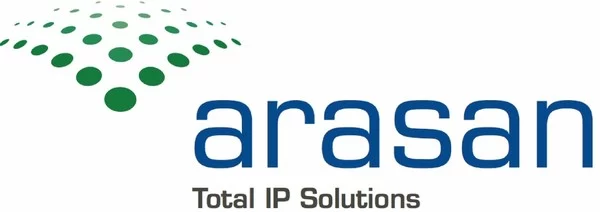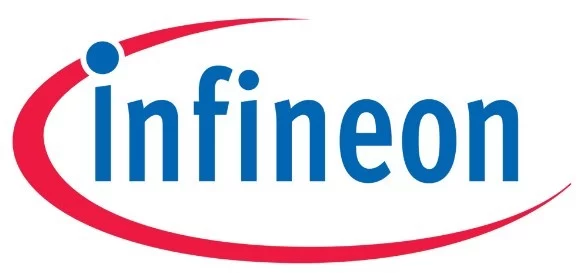TAIPEI, Jan. 29, 2021 — With COVID-19 becoming more deadly with mutations and secondary infections becoming more frequent, people have shifted our focus from using protective masks to rushing and cutting lines to get the new vaccine. A company has created a textile that is about to be a game changer…
Palma Ceia SemiDesign Announces PCS1100 Wi-Fi 6E 4×4:4 Transceiver
SANTA CLARA, Calif., Jan. 28, 2021 — Palma Ceia SemiDesign, a fabless semiconductor company specializing in wireless connectivity solutions, today announced the PCS1100, a Wi-Fi 6E 4×4 transceiver. The PCS1100 is the first chip announced as part of Palma Ceia’s family of Wi-Fi 6…
Arasan announces its Total eMMC IP solution for TSMC 22nm process
Arasan Chip Systems, a leading provider of semiconductor IP for mobile and automobile SoCs today announced the immediate availability of its eMMC PHY IP for TSMC 22nm process technology SAN JOSE, Calif., Jan. 21, 2021 — Arasan Chip Systems expands its IP offering for…
Arasan Announces the Immediate Availability of its 2nd Generation MIPI D-PHY v1.1 IP for TSMC 22nm Process Technology
SAN JOSE, California, Jan. 15, 2021 — Arasan Chip Systems, a leading provider of semiconductor IP for mobile and automotive SoCs, today announced the immediate availability of its 2nd Generation MIPI D-PHY v1.1 IP supporting speeds of up to 1.5 Gbps on TSMC…
ChipMOS REPORTS 20.1% YoY INCREASE IN DECEMBER 2020 REVENUE; 13.3% YoY INCREASE IN 4Q20 REVENUE; 13.1% YoY INCREASE IN FY20 REVENUE
HSINCHU, Jan. 8, 2021 /PRNewswire-FirstCall/ — ChipMOS TECHNOLOGIES INC. ("ChipMOS" or the "Company") (Taiwan Stock Exchange: 8150 and NASDAQ: IMOS), an industry leading provider of outsourced semiconductor assembly and test services ("OSAT"), today reported its unaudited consolidated revenue for the month of December 2020 and for the fourth quarter ended December 31, 2020. All U.S. dollar figures cited…
Infineon takes lead in MEMS microphone market, launches new technologies for further improved acoustical performance and power consumption
MUNICH, Jan. 8, 2021 — According to research consultancy Omdia*1, Infineon Technologies AG (FSE: IFX / OTCQX: IFNNY) has successfully positioned itself as the market leader for MEMS microphones. Based on MEMS chip unit sales, the market share was reported to have been…
uCloudlink and China Mobile UK Fuel Multinational Business Development with Superior Mobile Connectivity Experience
HONG KONG, Jan. 4, 2021 — UCLOUDLINK GROUP INC. ("uCloudlink") (NASDAQ: UCL), the world’s first and leading mobile data traffic sharing marketplace, and China Mobile International (UK) Limited ("China Mobile UK"), a subsidiary of China Mobile International Limited (CMI), continue their six-year strong partnership, providing high-quality network connection support for…
LG Display to showcase lifestyle of future with Transparent OLED at CES 2021
SEOUL, South Korea, Dec. 31, 2020 — LG Display, the world’s leading innovator of display technologies, announced today brand-new Transparent OLED applications to be showcased at the upcoming all-digital CES 2021. The company has applied its cutting-edge transparent OLED displays to objects and situations that people encounter on a daily basis, thereby…
ITRI’s VLSI-TSA and VLSI-DAT Symposia will Kick Off in April 2021
Focusing on AI, 5G, Deep Learning, Smart Skins and In-Memory Computing HSINCHU, , Dec. 29, 2020 — AI, 5G, deep learning, and biomedical electronics are reshaping industries and experiences in the semiconductor industry. To address these key trends, the Industrial Technology Research Institute (ITRI)…
Oceanpine Capital Hits $400Mn Final Close of Fund II
In the time of unprecedented uncertainties, Oceanpine Capital Fund II successfully held its $400M final closing of Fund II as scheduled. Partnering with world-class entrepreneurs; investing in DeepTech arena and innovative growth companies in both TMT and Biotech sectors that are the driving force of the future economy in the…








